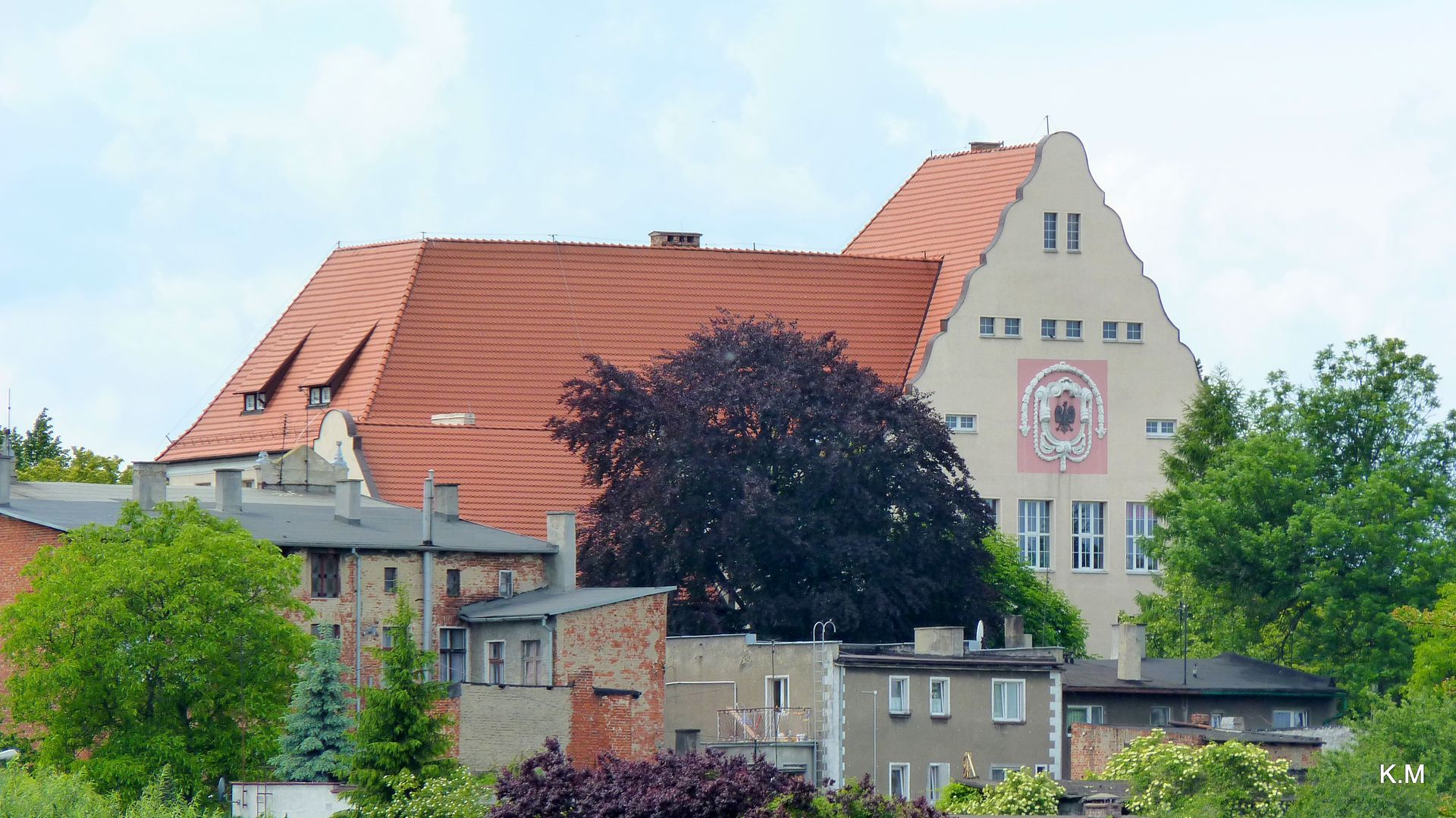Chełmża
6.89

Overview
Chełmża is a city in the Kuyavian-Pomeranian Voivodeship, situated on Lake Chełmżyńskie. From a historical perspective, it is located in the Chełmno Land and dates back to the Mesolithic period, with the first mentions of the settlement originating from the 13th century, when the stronghold of Łoza was gifted to the missionary bishop of Prussia. In 1251, Chełmża was granted town rights and soon became the seat of the Chełmno Diocese. The magnificent Holy Trinity Cathedral, built from the 13th century, is one of the city's most important landmarks, as is the Gothic Church of St. Nicholas. Chełmża also retains elements of medieval architecture, such as the Stone Gate. At the beginning of the 20th century, the city developed industrially, especially after the construction of a sugar factory, which contributed to population growth. Chełmża has a rich cultural tradition, including Poland's oldest choir, "Święta Cecylia," and numerous events such as the Days of Chełmża. The city hosts a variety of cultural events and is home to educational and sports centers, such as the Legia Chełmża Sports Club. Chełmża has also witnessed important historical events, including Prussian, Lithuanian, and Swedish invasions, which ultimately contributed to its development. In the 20th century, Chełmża was part of Prussia and later returned to Poland after the Treaty of Versailles. An interesting fact is the student strikes in the early 20th century, which were a form of resistance against the use of the German language in education. Today, Chełmża is a city with diverse architecture, a rich history, and traditions that attract both residents and tourists.
Location
2025 Wizytor | All Rights Reserved